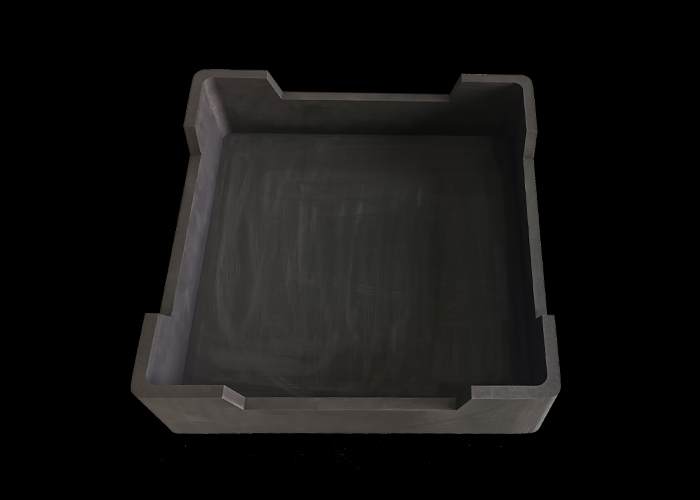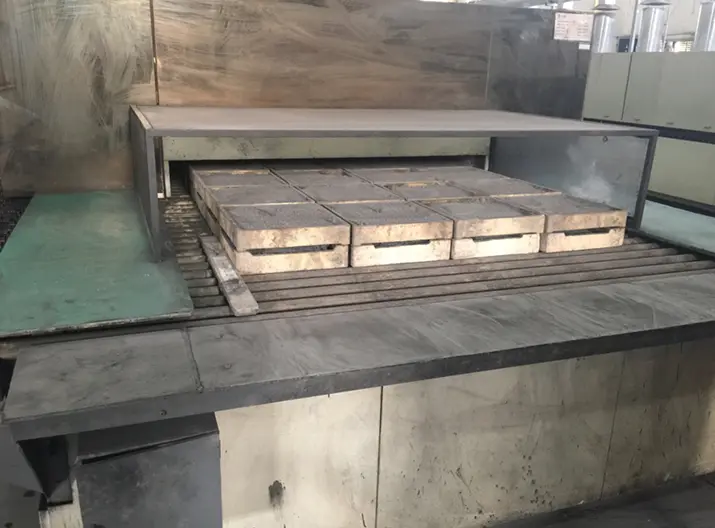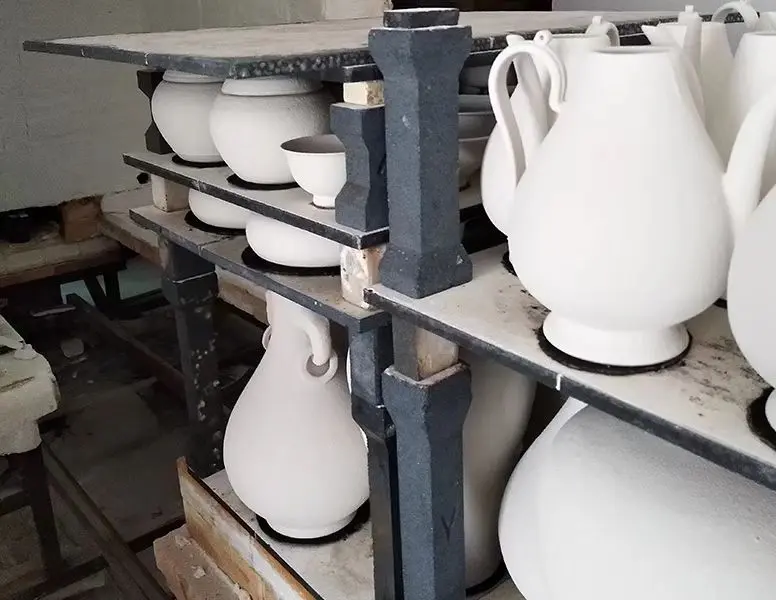The Impact of Refractory Materials on Modern Industry
Understanding Refractory Materials
Refractory materials are defined as substances that can withstand high temperatures without melting or deforming. Typically, they have a melting point above 1,500 degrees Celsius (2,732 degrees Fahrenheit) and are composed of oxides, carbides, nitrides, and other compounds. Common types of refractory materials include alumina, silica, magnesia, and zirconia, each with unique properties that make them suitable for specific applications.
The primary function of refractory materials is to line furnaces, kilns, reactors, and other high-temperature equipment. They provide thermal insulation, protect structural components from heat damage, and enhance energy efficiency by minimizing heat loss. As industries strive for higher productivity and lower operational costs, the importance of refractory materials cannot be overstated.
The Role of Refractory Materials in Key Industries
-
Metallurgy: In the metallurgy sector, refractory materials are essential for the production of metals such as steel, aluminum, and copper. They are used in blast furnaces, electric arc furnaces, and ladles, where they must endure extreme temperatures and corrosive environments. The choice of refractory material can significantly affect the efficiency of metal production, influencing factors such as energy consumption, product quality, and operational lifespan of equipment.
-
Cement and Lime Production: The cement industry is another area where refractory materials are critical. The production of clinker, a key ingredient in cement, requires temperatures exceeding 1,450 degrees Celsius. Refractory linings in kilns must not only withstand these temperatures but also resist chemical attack from the raw materials and by-products. Innovations in refractory technology have led to the development of materials that enhance kiln performance, reduce energy consumption, and extend service life.
-
Glass Manufacturing: The glass industry relies heavily on refractory materials to produce high-quality glass products. Refractory linings in glass melting furnaces must endure thermal shock and chemical corrosion from molten glass. Advances in refractory formulations have improved the thermal stability and durability of these materials, allowing for more efficient glass production processes and reduced downtime for maintenance.
-
Energy Production: In the energy sector, refractory materials are vital for the operation of power plants, particularly those that utilize fossil fuels and biomass. Refractory linings in boilers and incinerators must withstand high temperatures and aggressive environments. The development of advanced refractory materials has enabled power plants to operate at higher efficiencies, reducing emissions and improving overall sustainability.
Innovations in Refractory Materials
The continuous evolution of refractory materials is driven by the need for improved performance and sustainability. Recent innovations include the development of advanced ceramics and composite materials that offer enhanced thermal resistance, lower thermal conductivity, and improved mechanical strength. These advancements not only extend the lifespan of refractory linings but also contribute to energy savings and reduced environmental impact.
Moreover, the integration of nanotechnology in refractory material production has opened new avenues for enhancing properties such as thermal shock resistance and chemical stability. By manipulating materials at the nanoscale, manufacturers can create refractory products that outperform traditional options, leading to more efficient industrial processes.
Sustainability and Refractory Materials
As industries face increasing pressure to adopt sustainable practices, the role of refractory materials in promoting environmental responsibility is becoming more significant. The production of refractory materials often involves high energy consumption and emissions; however, advancements in recycling and the use of alternative raw materials are helping to mitigate these impacts.
For instance, the recycling of spent refractory materials is gaining traction, allowing manufacturers to reduce waste and lower the demand for virgin materials. Additionally, the development of eco-friendly refractory formulations that utilize sustainable raw materials is becoming more common, aligning with global sustainability goals.
Conclusion
The impact of refractory materials on modern industry is profound and multifaceted. As the backbone of high-temperature applications, these materials enable the efficient production of metals, cement, glass, and energy, all of which are essential to the global economy. Innovations in refractory technology continue to enhance performance, sustainability, and efficiency, ensuring that industries can meet the challenges of the future.
In a world increasingly focused on sustainability and efficiency, the importance of refractory materials will only grow. As industries adapt to new technologies and environmental standards, the role of these materials will be pivotal in shaping a more sustainable industrial landscape. The ongoing research and development in refractory materials promise to unlock new possibilities, driving innovation and progress across various sectors.










